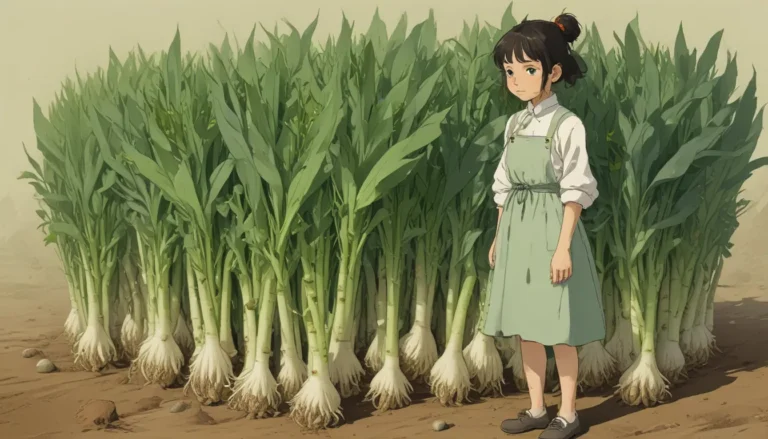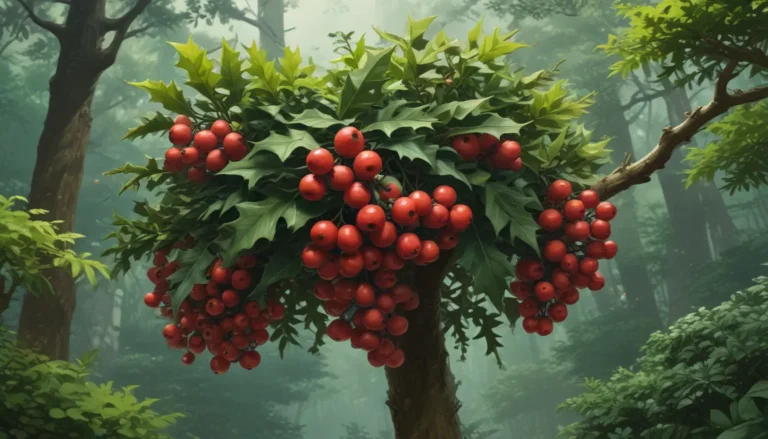Why Your Fuchsia is Losing Leaves: Identifying and Solving 7 Common Issues

Fuchsias are known for their vibrant blossoms, but their leaves play a crucial role in the plant’s overall health. If your fuchsia is dropping leaves, it’s a red flag that something isn’t right. In this comprehensive guide, we’ll explore the common causes of fuchsia leaf drop and how to rectify them to ensure your plant thrives.
Understanding Fuchsia Leaf Drop
Fuchsias shed their leaves due to various factors, including pests, diseases, and environmental stress. By identifying the root cause of leaf drop, you can address the issue promptly and help your plant return to its blooming glory. Let’s delve into the seven common reasons behind fuchsia leaf drop:
7 Common Causes of Fuchsia Leaf Drop
- Heat
- Overwatering
- Phytophthora Root Rot
- Root-Knot Nematodes
- Rust
- Spider Mites
- Underwatering
Understanding these causes is the first step in resolving leaf drop and ensuring your fuchsia thrives.
Addressing Common Leaf Drop Culprits
1. Heat
Fuchsias are sensitive to extreme heat, with temperatures above 85°F causing stress and leaf drop. To alleviate heat-related issues, consider moving your fuchsia to a shadier location during prolonged hot spells. Certain heat-tolerant hybrids like ‘Angel’s Earrings’ and ‘Tom Thumb’ can withstand higher temperatures.
2. Overwatering
Finding the right balance between moisture and drainage is crucial for healthy fuchsia growth. Overwatering can lead to root rot, causing leaves to turn yellow or brown before dropping off. Use a soil moisture meter or the finger test to gauge soil moisture levels and adjust your watering routine accordingly.
3. Phytophthora Root Rot
Phytophthora root rot, caused by water molds, results in mushy roots and premature leaf drop. Treat the infection with copper fungicide to salvage the plant before it’s too late. Regular monitoring and proper soil drainage can help prevent this destructive disease.
4. Root-Knot Nematodes
Root-knot nematodes are microscopic worms that infiltrate fuchsia roots, leading to stunted growth and leaf yellowing. Check for knotted roots and address the issue promptly to prevent further damage. Identifying and managing nematode infestations early is key to preserving plant health.
5. Rust
Rust, caused by the fungus Pucciniastrum epilobii, manifests as yellow spots on leaves and can result in leaf drop and stunted growth. Timely treatment with beneficial bacteria, neem oil, or copper fungicide can mitigate the effects of rust. Regular monitoring and early intervention are crucial in combating this common fuchsia disease.
6. Spider Mites
Spider mites, characterized by fine webbing on plants, can cause leaf stippling and eventual leaf drop. Address the infestation early by spraying the plant with water to dislodge the mites. Vigilance and prompt action can prevent extensive damage from spider mites.
7. Underwatering
Fuchsias thrive in moist soil and are prone to wilting and leaf drop when soil dries out. Ensure consistent soil moisture, especially for container-grown fuchsias, to prevent dehydration-induced leaf loss. Regular watering and suitable sun exposure are crucial for maintaining plant health.
Helping Your Fuchsia Thrive
By understanding the common causes of fuchsia leaf drop and implementing proactive measures, you can ensure your plant remains healthy and productive. Regular monitoring, proper watering, and timely pest and disease management are essential for fuchsia care. Embrace the challenges of fuchsia gardening and enjoy the rewarding experience of nurturing these exquisite plants.
Leaf drop serves as a valuable indicator of your fuchsia’s overall health. Take heed of these warning signs and intervene promptly to restore your plant to its blooming best. If you’re encountering leaf drop issues or need further assistance, share your concerns in the comments below—we’re here to help.
Delve deeper into the world of fuchsias with our informative guides:
– How to Prepare Your Fuchsia Plants for Winter
– 7 Common Reasons Why Fuchsias Fail to Bloom
– Are Fuchsia Plants Perennials or Annuals?
Enrich your fuchsia knowledge and embark on a rewarding gardening journey with these insightful resources.
*





